What Type of Paint Is Best for a Bathroom?
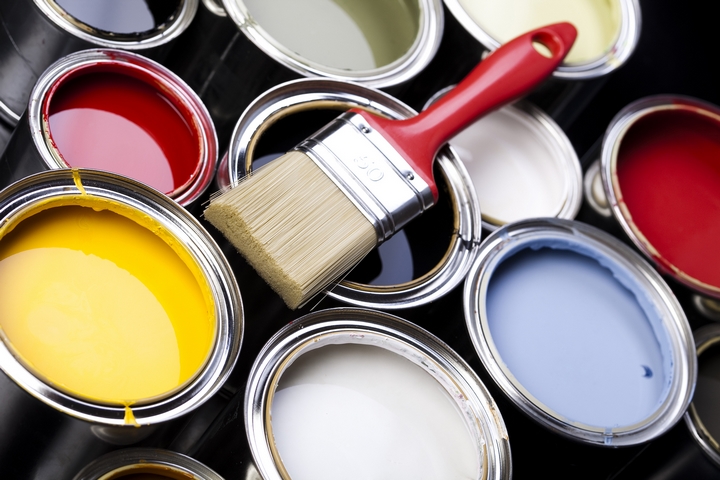
When doing a bathroom remodel or repairs, you may want to repaint your bathroom. There’s nothing wrong with a fresh coat of paint, and it can boost the room.
With how bathrooms are put together, not just any paint will do. Hot showers, high moisture, and potential mildew growth are all factors that one must consider when selecting what bathroom paint is best.
Here are a few tips on what type of paint is best for a bathroom:
1. Oil Paint for a Bathroom
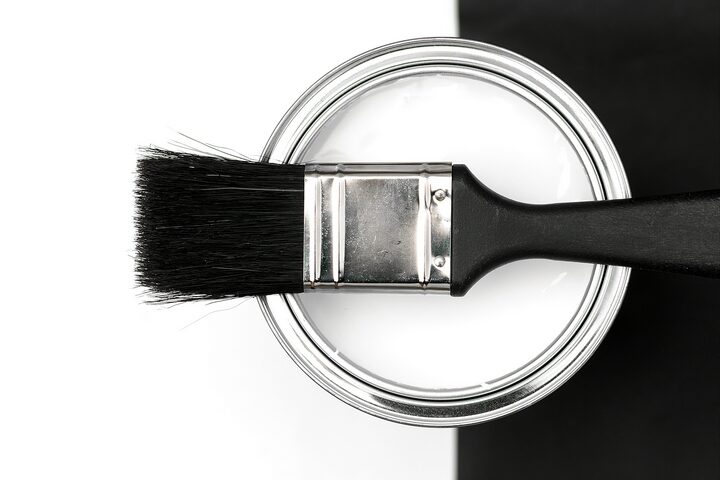
Oil paint should never be used to paint a bathroom. Although durable, it also dries slowly between coats and releases high levels of volatile organic compounds or VOCs. It’s not a very eco-friendly choice in that regard.
Also, oil paints in low light conditions are known to brown or yellow over time. This sort of fading is hardly appealing in a bathroom. It’s not the right type of bathroom paint.
2. Latex Paint for a Bathroom
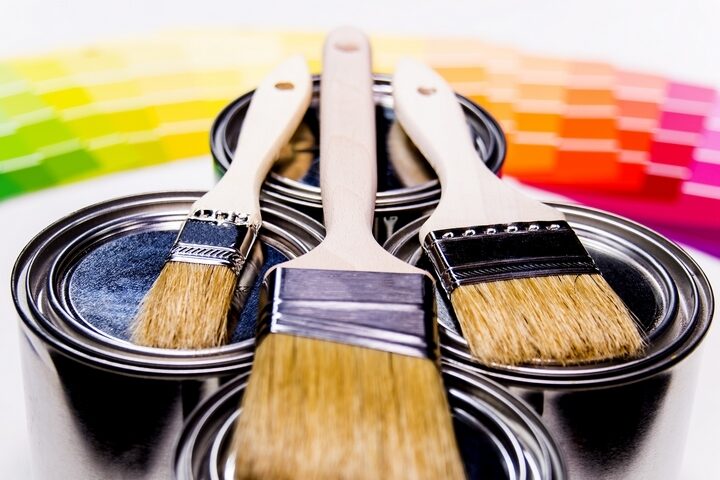
Water-based latex paint is much preferable for a bathroom. Today’s selection of latex paints is very durable and moisture-resistant. Make sure the type you choose is washable.
Washable latex paint has a tighter molecular structure, and water won’t be able to penetrate as easily. You can also scrub away stains that occur over time, and you don’t need to worry about ruining your paint job.
3. Low VOC Paint
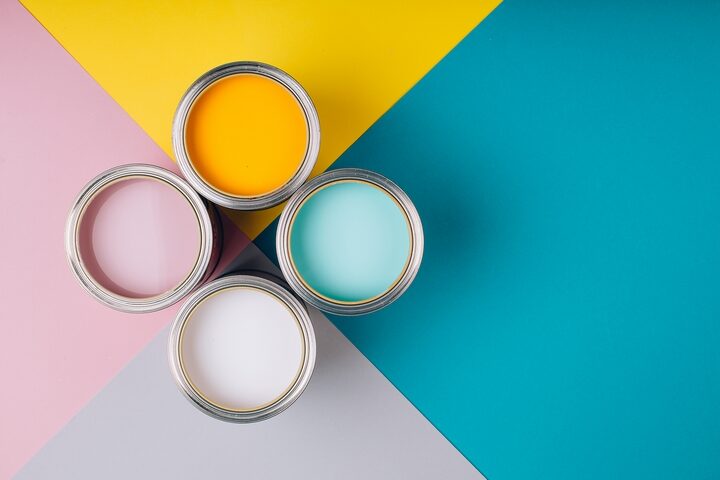
Bathrooms are tricky rooms. The moisture content can be a problem. Although you don’t necessarily have to, it’s best to find a type of paint that is quick to dry so that you can complete the job completed fast.
Also, opt for a low VOC paint which is easier to breathe in a small space. This applies to the process of painting a bathroom. You can get it done quicker and less hassle, so you won’t have to stay out of the bathroom waiting for paint to dry too long.
4. Choose a Finish Paint
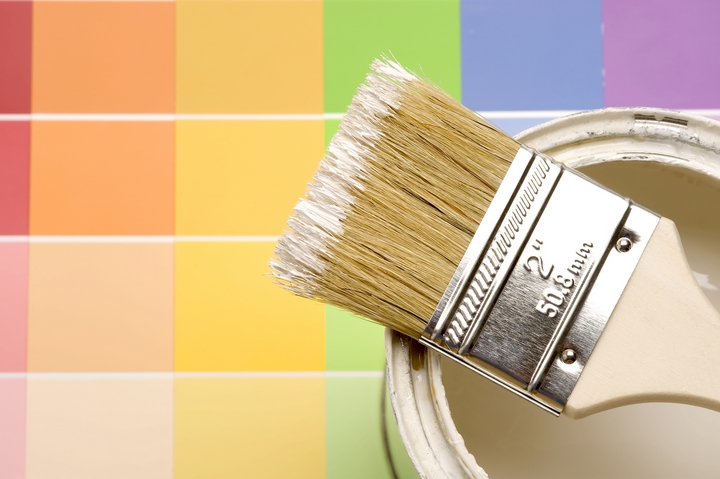
The finish paint matters a great deal. You want to make sure it fits your aesthetic, but finish paints serve a crucial function. They help keep your walls durable and resistant to mould, moisture, and damage. There are many kinds of finish paints, from flat paints to semi-gloss and gloss, and some work better than others.
If you’ve ever gone into a bathroom and seen paint chipping, the lack of a finish paint or having chosen the wrong one might be why. Avoid this problem by going to a Hunter Douglas store and consult with the professionals. The experts will assess your situation and recommend a finish paint best suited for your bathroom.
5. Avoid a Flat Finish Paint
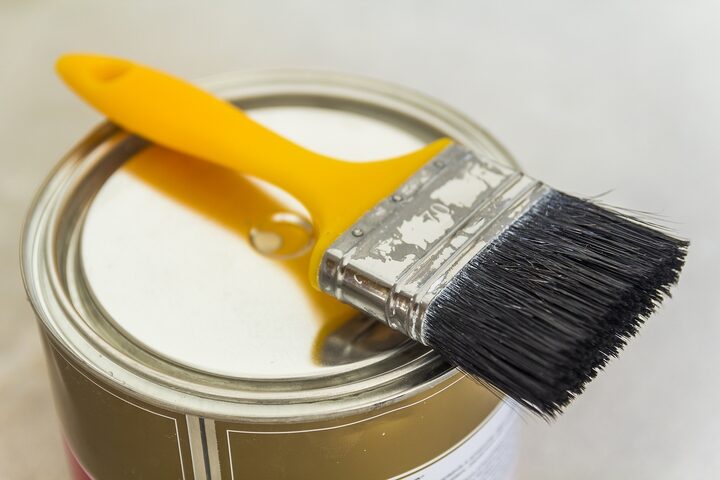
Flat paint has less resin, fewer binders, and more pigment particles. They’re prone to accumulating moisture. How flat paints are made, they won’t be able to tolerate scrubbing, and when you go to clean the wall, you could very well ruin the finish quite easily. A bathroom is not the environment to use flat paint.
The only time you would is if you’re using mildew resistant, durable paint, but these often cost a lot and going over a latex paint with them it’s a risk.
6. Use a Semi-Gloss or Gloss Paint
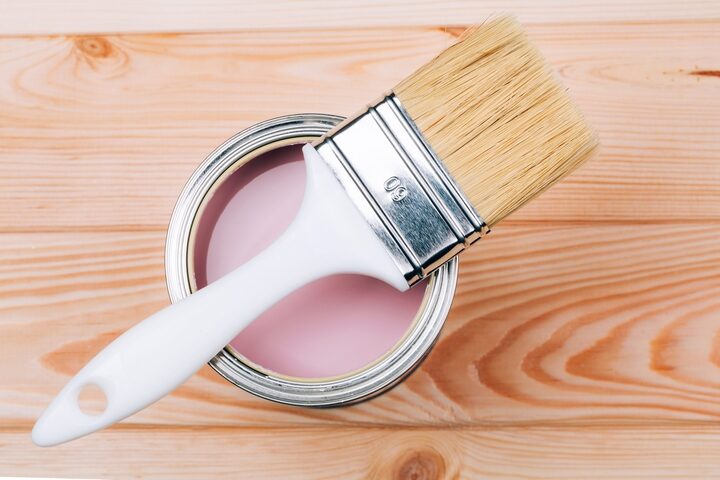
A semi-gloss or gloss finish paint is shiny and holds up well to bathroom conditions. Its downside is that it can highlight imperfections, so it’ll stand out even more if your underlying paint job isn’t good.
Semi-gloss paint has more resin and binders, which is perfect for bathrooms. This repels moisture rather than collecting it and is overall better for washing and scrubbing. You won’t get so much wear and tear on your paint as you would with a flat finish paint.
7. Possible Bathroom Paint Problems
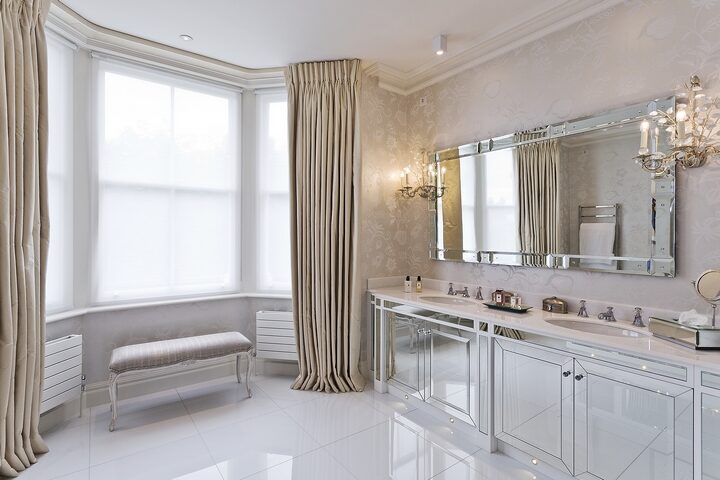
A lot can go wrong with bathroom paint. If there’s already mildew there, you must kill it with bleach and water before repainting. If there’s bubbling or peeling, you have to sand this down and make sure the wall is prepared properly before repainting.
This all comes from humidity getting inside between the wall and the paint. Don’t let it. Always opt for a satin or gloss finish which will block out water. You won’t ever have that trouble.
8. Be Careful Repurposing Old Paint
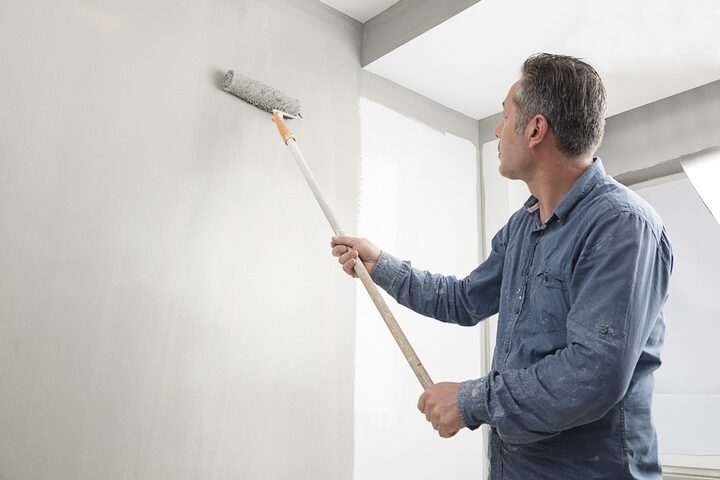
The bathroom is not a place to experiment with repurposing random paints you may have gathered over time. Paint products, such as those made for outdoor use or basements, may advertise as waterproof.
Still, they often have mildewcide and additives that can cause respiratory issues in a bathroom with high heat and moisture. Be very, very careful when selecting bathroom paint. We strongly recommend buying new paint for any bathroom project.
9. How to Paint Bathroom Ceilings
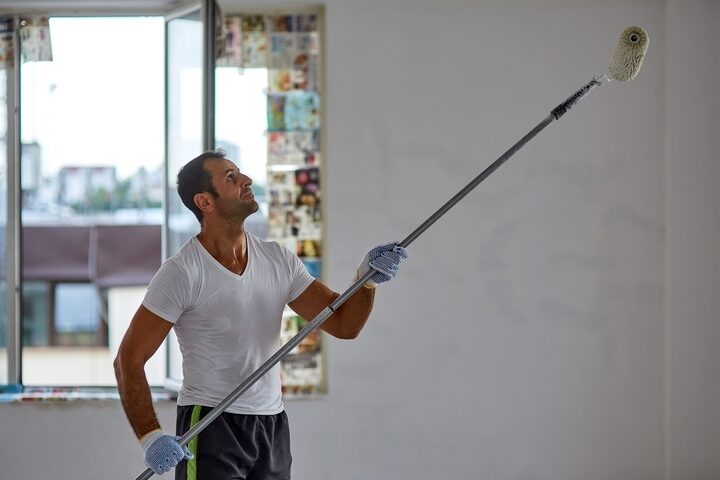
Ceilings are no different than the walls. The best paint for a bathroom ceiling is a semi-gloss paint finish. This type of bathroom paint, so long as it’s durable and moisture-resistant, will be able to tolerate all the steamy showers and the humidity. Through semi-gloss paint, you will prevent the growth of mildew and mould.
